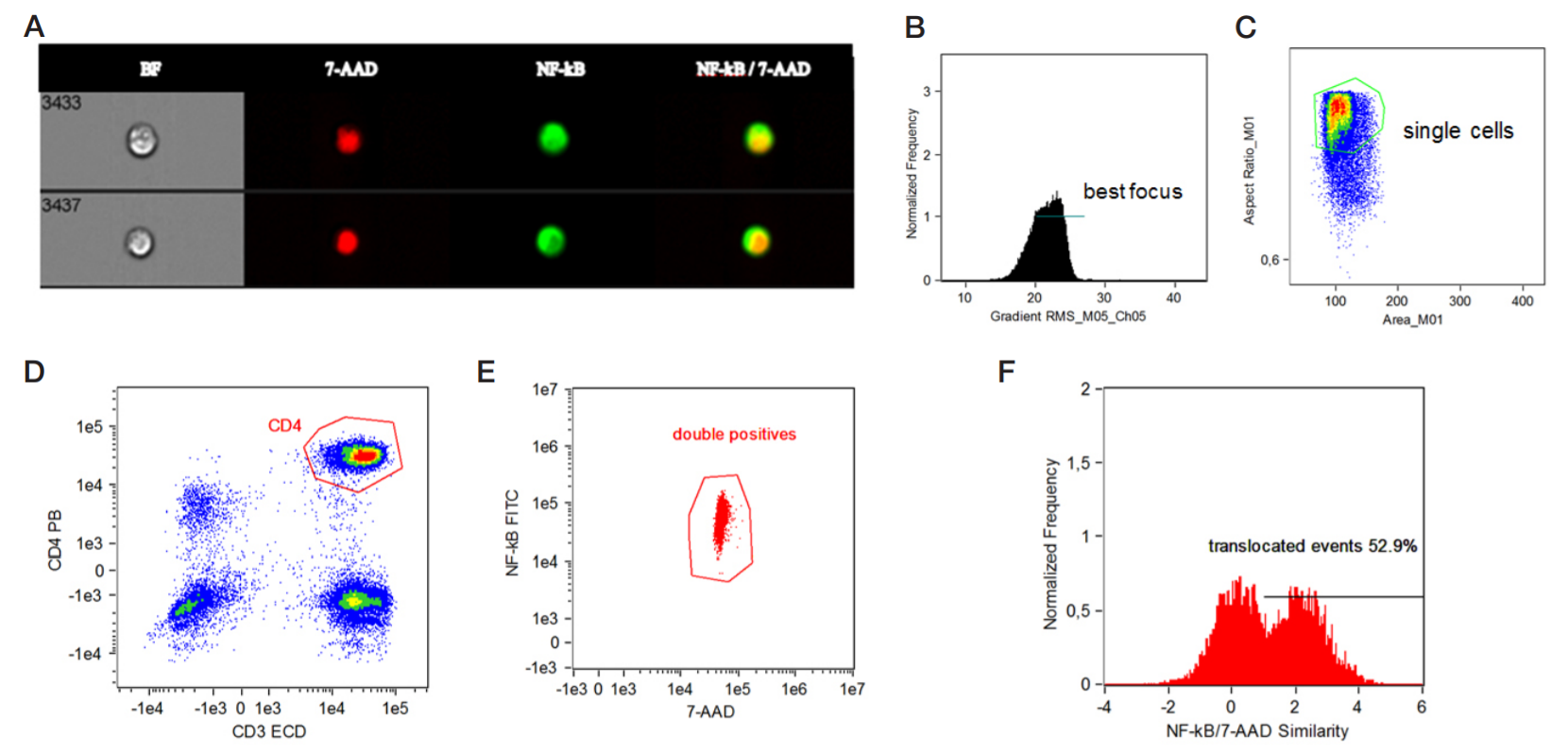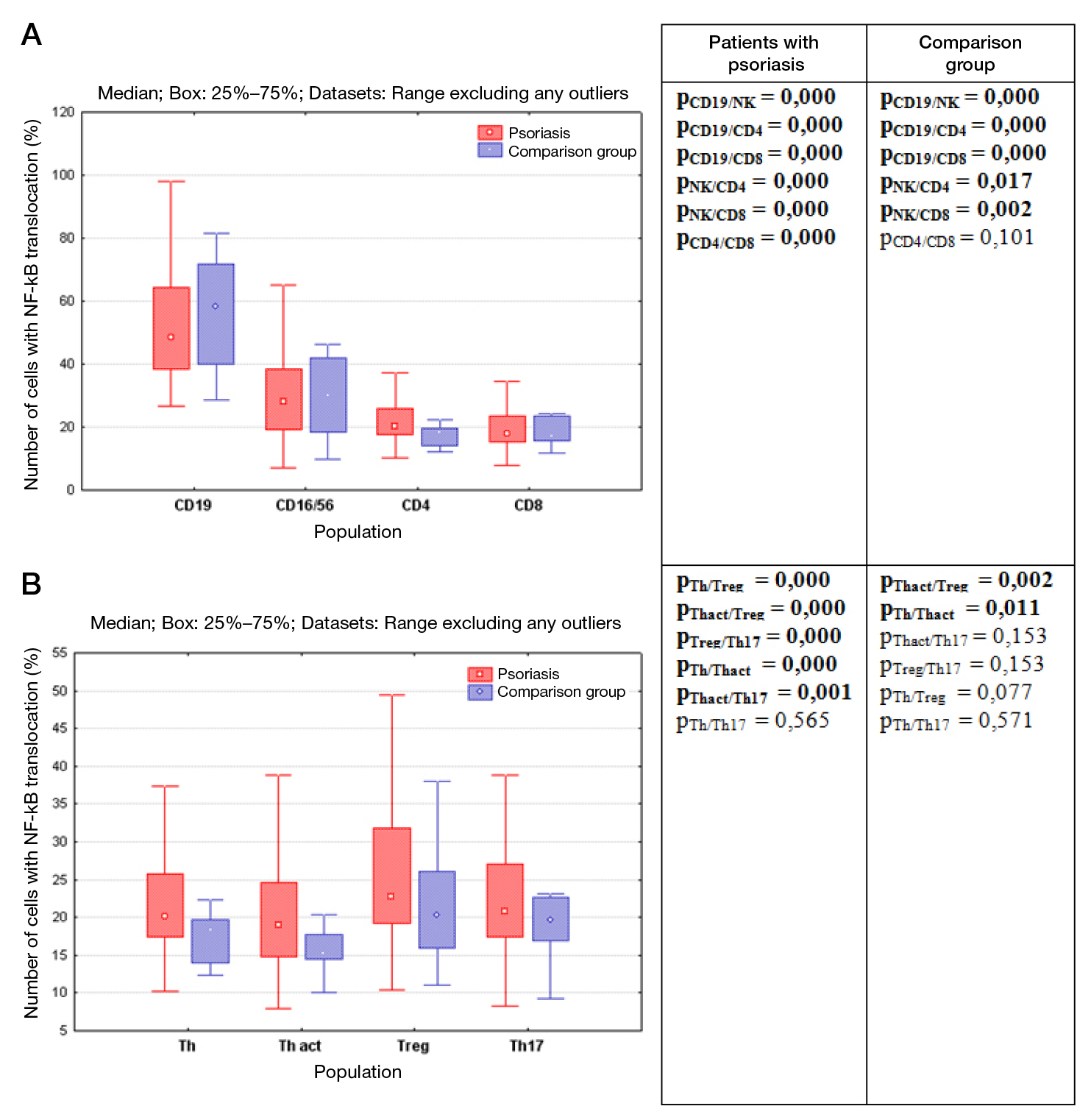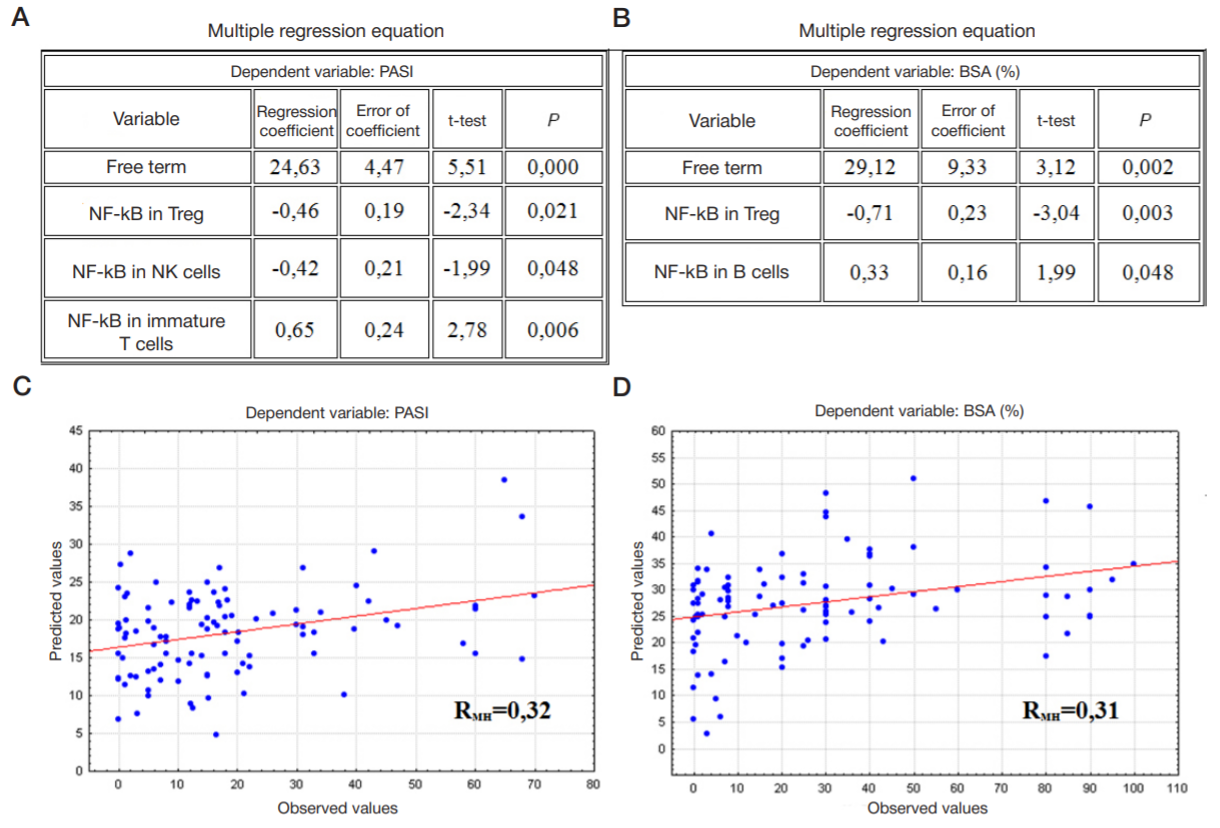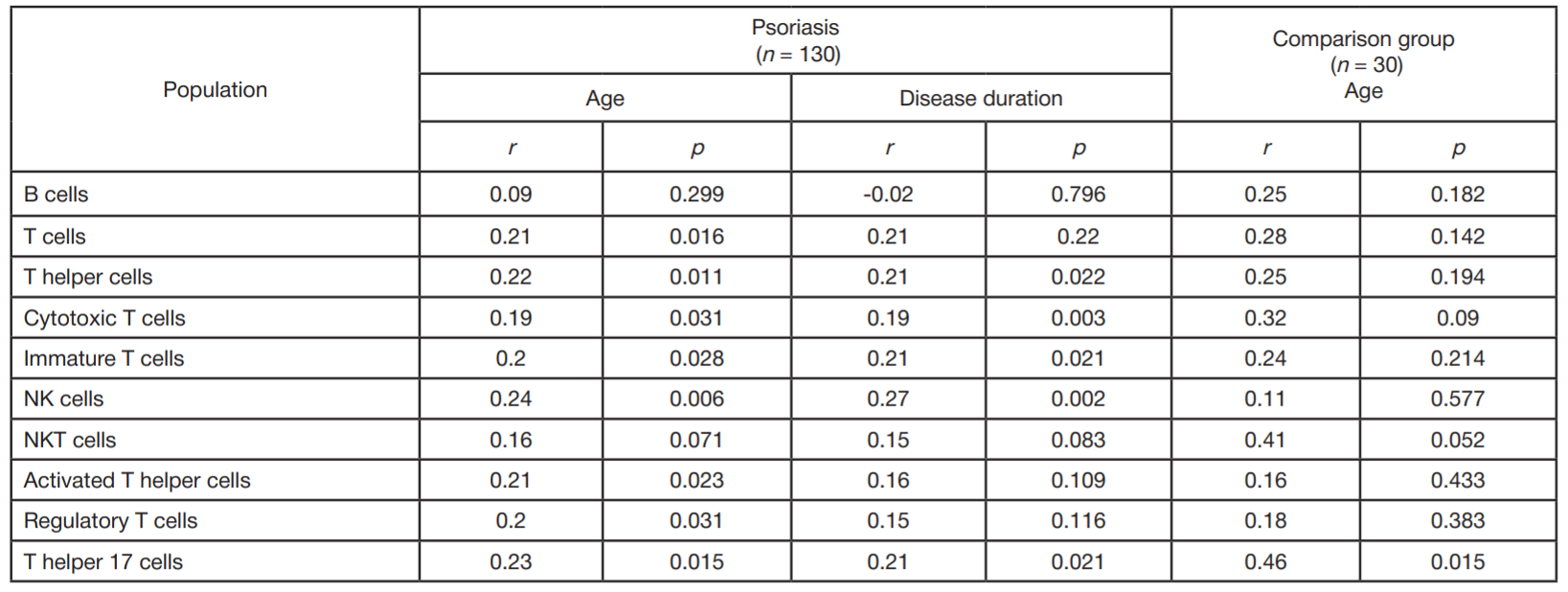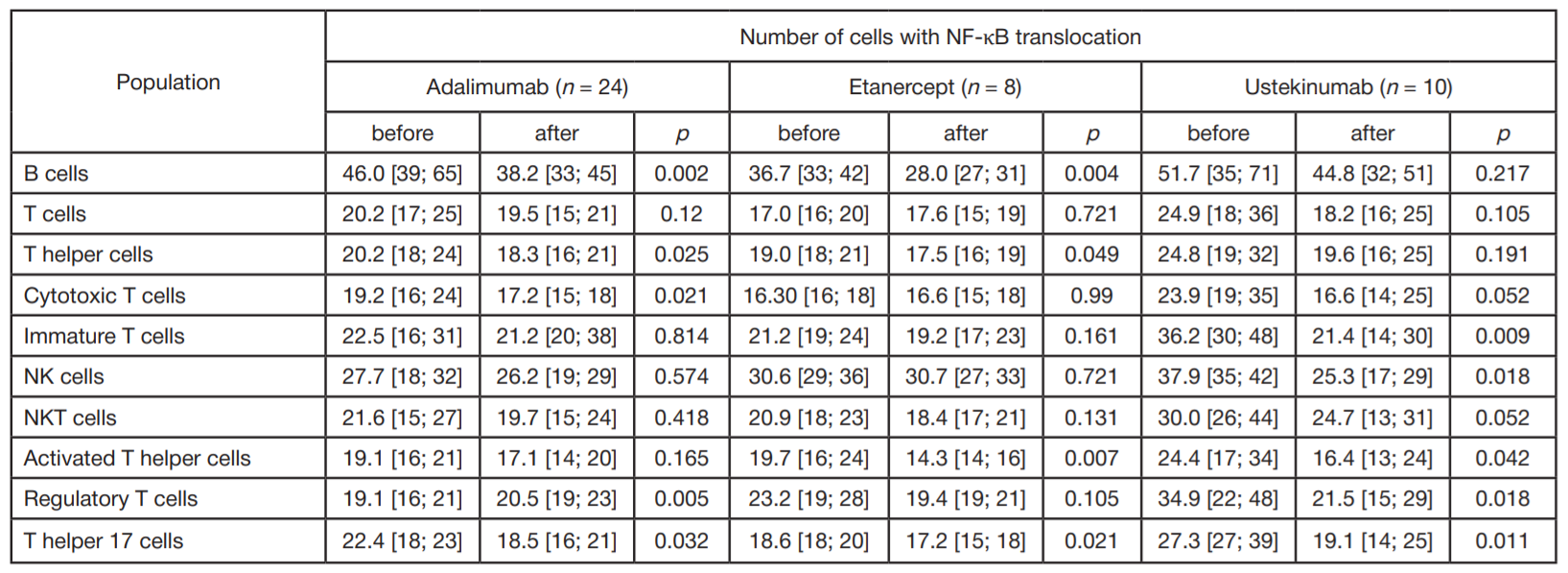
ORIGINAL RESEARCH
Activity of nuclear factor κB in lymphocyte populations of children with psoriasis
1 National Medical Research Center for Children's Health, Moscow, Russia
2 Central State Medical Academy of the Department of Presidential Affairs of the Russian Federation, Moscow, Russia
3 Sechenov First Moscow State Medical University, Moscow, Russia
Correspondence should be addressed: Darya G. Kuptsova
Lomonosovsky prospect, 2, str. 1, Moscow, 119296; moc.liamg@avostpuk.gd
Finding: the study was part of the state assignment for the Ministry of Health of the Russian Federation, № АААА-А19-119013090093-2.
Acknowledgements: the authors wish to thank all the patients for active cooperation and express their thanks to the researchers of the Laboratory of Immunology and Virology, as well as to dermatologists and nurses at the Dermatology Department, National Medical Research Center for Children's Health, Moscow, Russia, who contributed to the study.
Author contribution: Kuptsova DG, Petrichuk SV — study concept and design, experimental data acquisition and analysis, statistical analysis, manuscript writing and editing; Kurbatova OV, Radygina TV — experimental data acquisition, manuscript editing; Murashkin NN, Khotko AA, Ivanov RA — data analysis, manuscript editing.
Compliance with ethical standards: the study was approved by the Ethics Committee of the National Medical Research Center for Children's Health (protocol № 2 dated February 14, 2020), conducted in accordance with the principles of the Declaration of Helsinki, and registered with ClinicalTrials.gov ID: NCT04989296. Parents of all children and adolescents enrolled submitted the informed consent to medical intervention in hospital settings, personal data processing and the use of data for scientific purposes.
